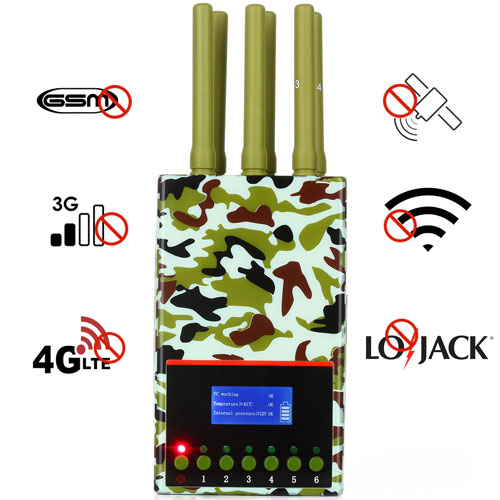The drone jammer can also interrupt GPS signals, an important feature since self-guided drones rely on satellite navigation guidance. Once jammed, the drone can be steered into place.
The Defense Department will not say whether the interference is causing the drone crash, citing safety. “The US Army maintains sufficient countermeasures and protections to ensure the safety of our manned and drones, our forces and the missions they support,” said Pentagon spokesman Eric Pahon.

drone jammers are a way for security professionals and law enforcement to deter drones from compromising our security and privacy. Officials said the equipment used was developed by the Russian army and is highly sophisticated, proving to be effective even against some encrypted signals and anti-GPS interference receivers. The drones hit so far are smaller surveillance aircraft, unlike the larger Predators and Reapers that often operate in combat environments and can be armed.
According to Iraqi generals, vehicle mounted “signal emission” signals provided to Iraqi security forces by the US have greatly reduced the threat of ISIS drones in the battle for western Mosul. Others will return to a reverse mode, such as going home or moving to the ground. The advantage is that there is no collateral damage as a result of the drone falling from the sky. Also, the signal jammer would not destroy the drone itself. If the drone belonged to an innocent party, so much the better.
Jammer-mart’s radar jammer gun forces drones to immediately land or return to the drone operator, which means it can defend people and infrastructure assets from drones. An apparently different type of anti-riot weapon detected in Iraq is DroneDefender, manufactured by Battelle, which resembles an assault rifle but features a frame-mounted, directed power frequency blocker. It has a range of approximately 400 yards and works by interrupting links to the drone controller or GPS device.
Rifle jammers can turn off signals at 433MHz, 915MHz, 2.4GHz and 5.8GHz RF bands simultaneously, ensuring that it covers all the most common signal frequencies that drones use for communication, with the option to create GNSS interrupt (basically , GPS and GLONASS will not work correctly). With the signal turned off, any drone in the vicinity will be forced to land on the spot or return to its starting point, depending on how its internal algorithms are configured, giving people the ability to retrieve it for their investigation (if lands)) or return a potential threat (if you return home). When stuck, the drone’s video streaming is also interrupted immediately, so you can no longer stream any footage to the operator.